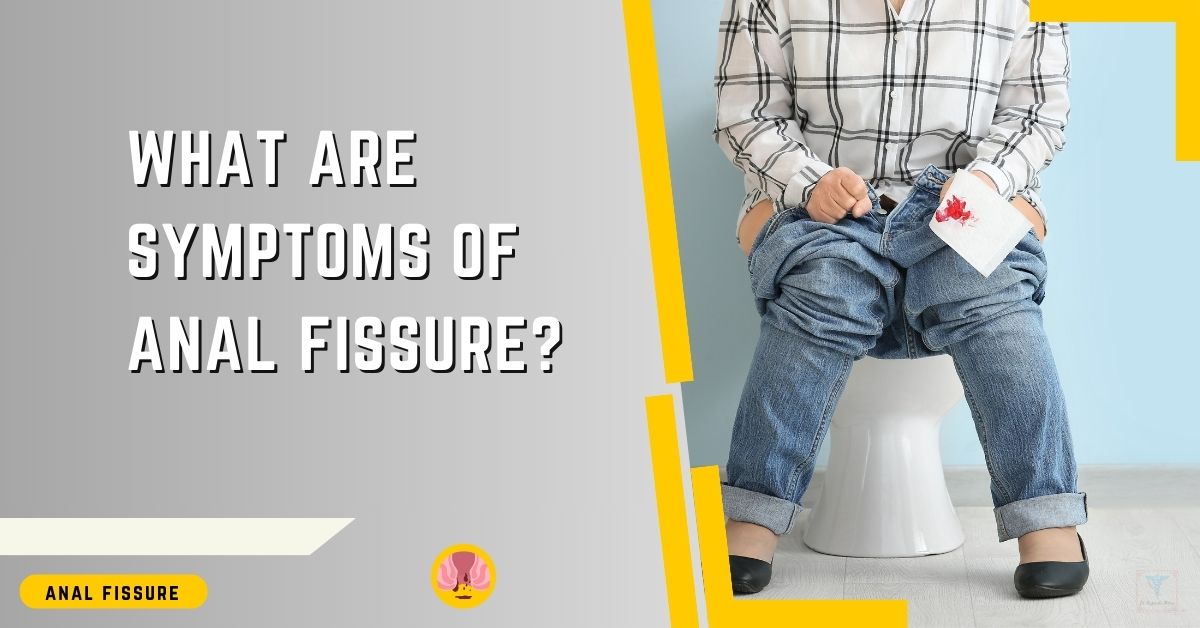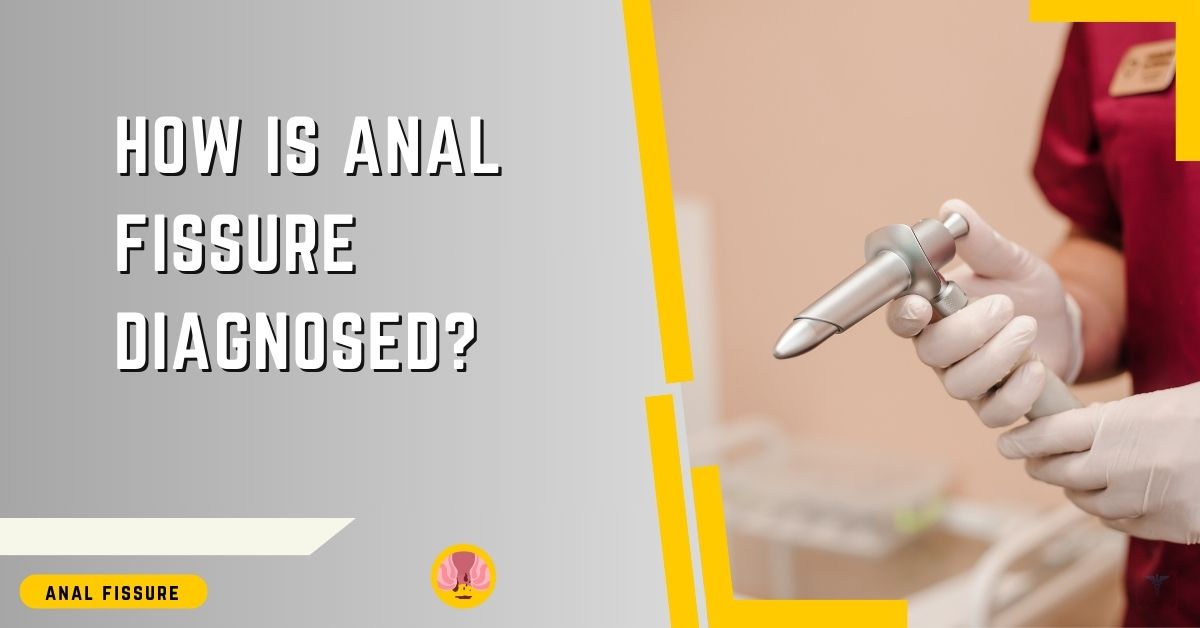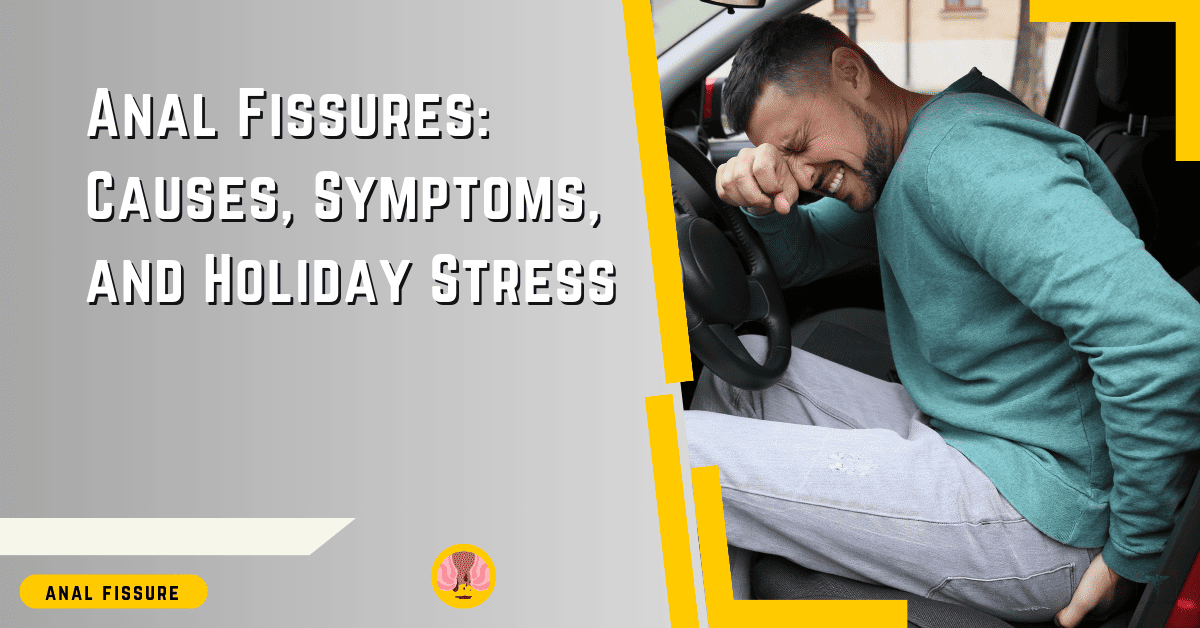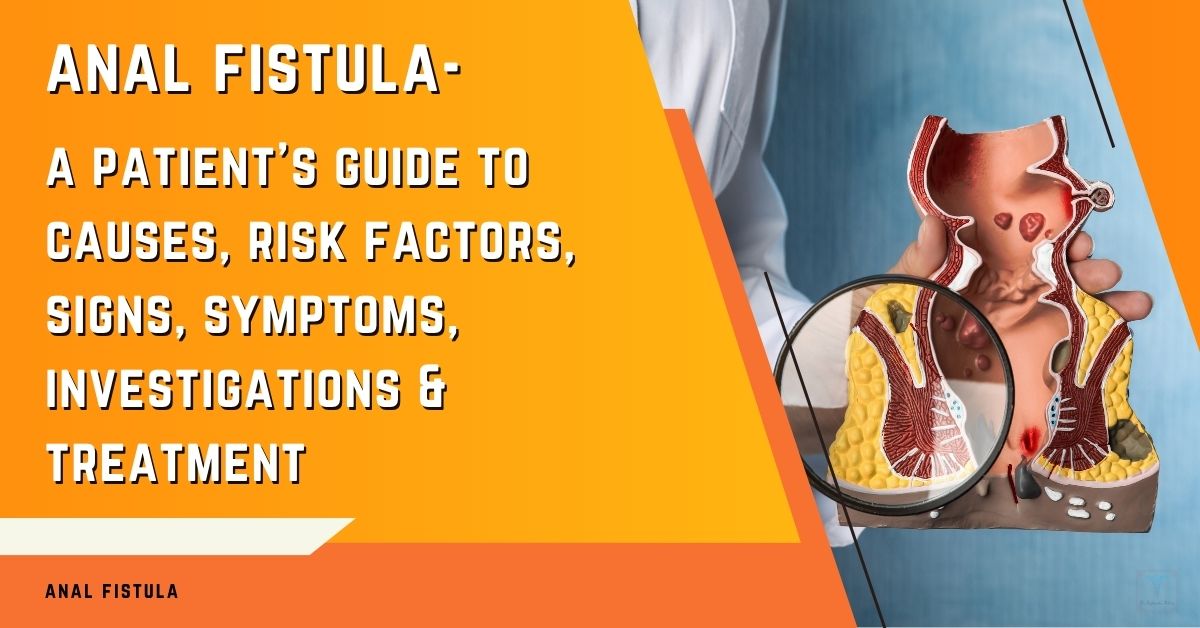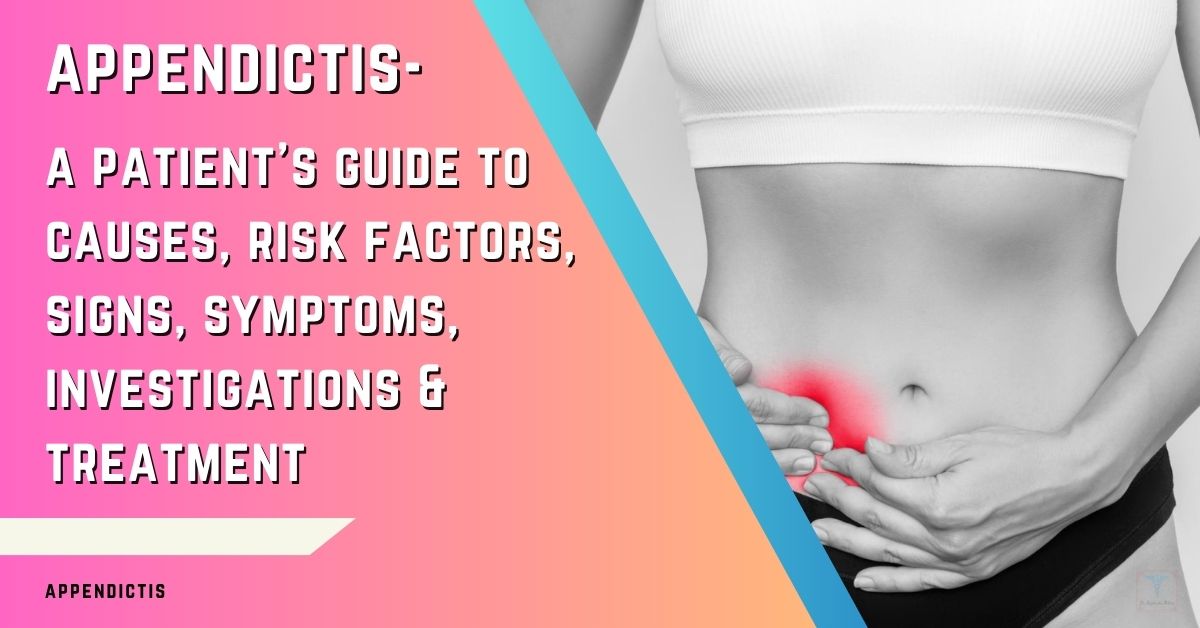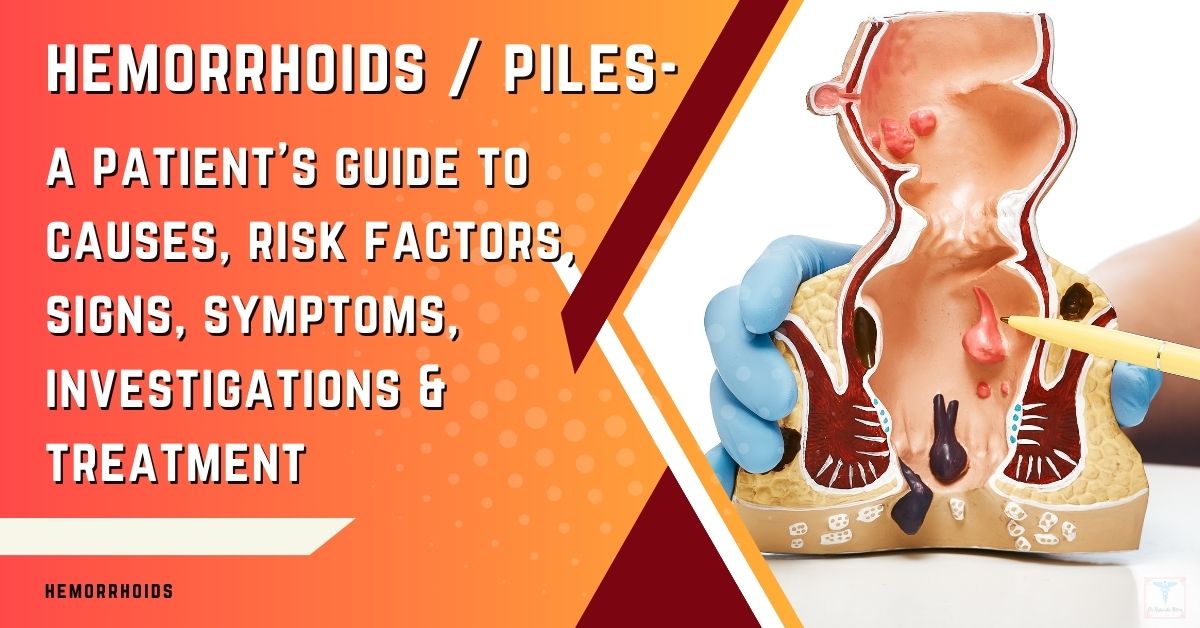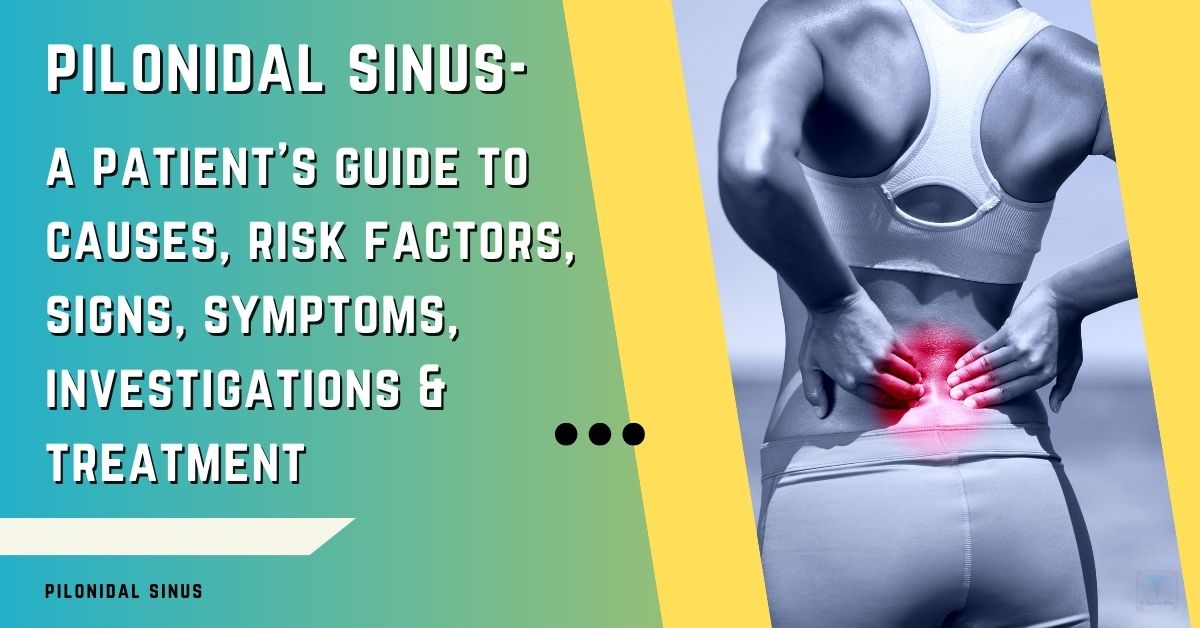Anal fissures can occur in anyone, but certain factors raise your risk. Understanding these risk factors for anal fissures allows you to take preventive steps when possible.
Knowing the most common risk factors will also help you to manage the condition properly.
Primary Risk Factors For Anal Fissure
- Chronic constipation and straining during bowel movements.
- Childbirth, especially assisted vaginal deliveries.
- Poor anal hygiene habits.
- Underlying chronic illnesses.
- Receptive anal intercourse.
- Older age.
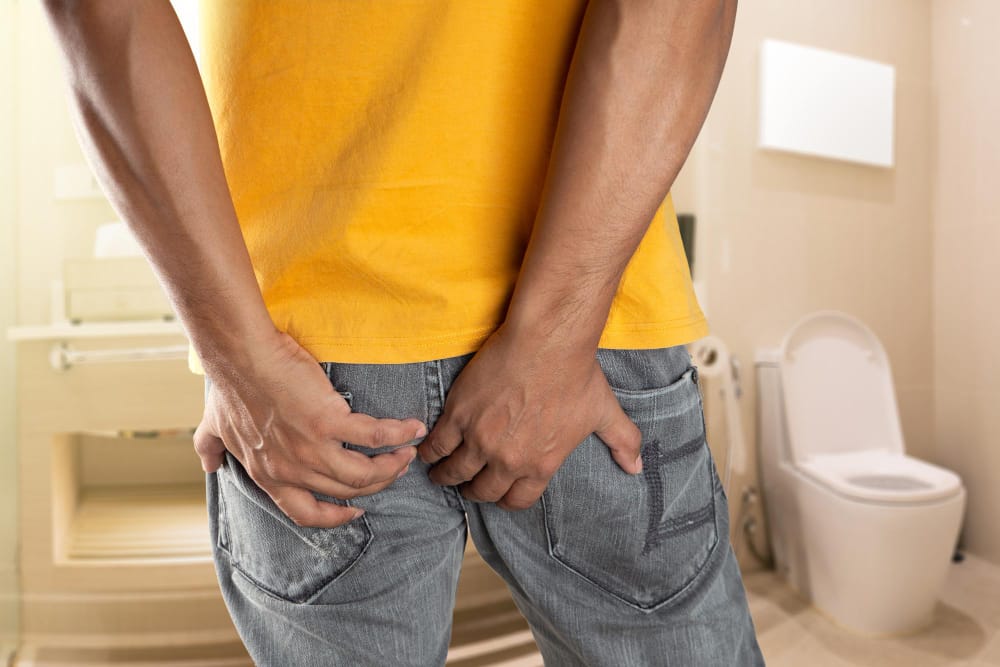
Constipation and Straining
- Infrequent, hard bowel movements.
- Straining during bowel movements.
- Any activities that increase anal/rectal pressure.
These cause trauma to the anal lining, which can lead to painful tears called fissures. Chronic constipation is the top risk factor for anal fissures.
Childbirth
- Vaginal delivery can cause anal tears.
- More common with forceps or vacuum-assisted deliveries.
- Usually, acute fissures heal quickly after childbirth.
Poor Anal Hygiene
- Failing to clean properly after a bowel movement.
- Not washing adequately due to limited mobility or dexterity.
- Inadequate wiping and cleaning can cause irritation.
Underlying Medical Conditions
- Inflammatory bowel diseases like Crohn’s or ulcerative colitis.
- HIV/AIDS, leukemia, tuberculosis, and other chronic illnesses.
- These make the anal lining more vulnerable to tears.
Anal Intercourse
- Can directly damage anal tissue and sphincter.
- A higher risk with rough, dry, or prolonged anal intercourse.
- More common in men who receive anal intercourse.
Advancing Age
- The anal lining loses elasticity and resistance with age.
- Senior citizens have higher rates of constipation.
- Age-related immobility also limits proper hygiene.
Final Note From Dr. Rajarshi Mitra
The more risk factors present, the higher chance of developing an anal fissure. I can provide guidance on minimizing your risks. Please let me know if you have any other questions.
Dr. Rajarshi Mitra is a patient-centered, highly-rated Specialist Laparoscopic Surgeon & Proctologist in Abu Dhabi, offering Advanced Laparoscopic Surgery, Minimally Invasive Proctology & Lasers in Proctology. He is MBBS; MS (Surgery); FIAGES; FICS (USA); Dip. Lap (France); and Dip. Hernia (APHS) with 18 years of extensive experience in Laparoscopic Surgery, Minimally Invasive Proctology and Fellowship training in Colorectal and Bariatric Surgery.




